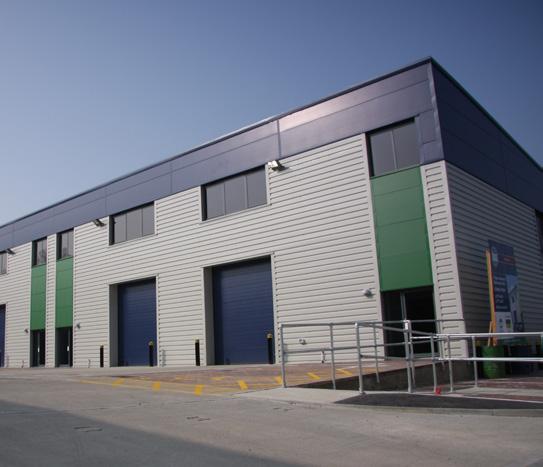
1 minute read
Delivering Net Zero
The team has also advised on building-specific issues, such as a manufacturing facility in Romford, east London, where the tenant, an aeronautical business, had approached the landlord as it wished to generate its own energy on site via photovoltaic (PV) panels. The initial question was whether the existing building structure was strong enough to take on the load of the solar equipment, so our building consultancy team was called in to prepare a report.
In parallel, the landlord began to consider whether they, rather than the tenant, should be investing in the equipment. Our lease advisory team was brought in to review the tenant’s current lease and compare this with the expected lifespan of both the new equipment and the existing building. At the same time, the Delivering Net Zero team was examining the practical aspects of the proposed improvements, including install costs and how much power would be required by the tenant.
The project is still ongoing and it is representative of the type of process that many landlords, investors and tenants will go through as they explore ways of retro-fitting older buildings to make them more energy efficient: The age of an asset and its structural integrity will decide how easy it is, or not, to fit features such as PV panels, LED lighting and cavity wall insulation.
Since launching, we’ve found that while the theory of achieving Net Zero is increasingly well understood, the practicalities of improving existing buildings may be less straightforward than businesses expect. Whether a proposed improvement is both commercially sensible and practically feasible isn’t always clear in advance and is the kind of question that needs to be dealt with on a building-bybuilding basis. When it comes to Delivering net zero there isn’t a one-size-fits-all solution but utilising our experience and through our turnkey service offering, we are able to move clients in the right direction.





